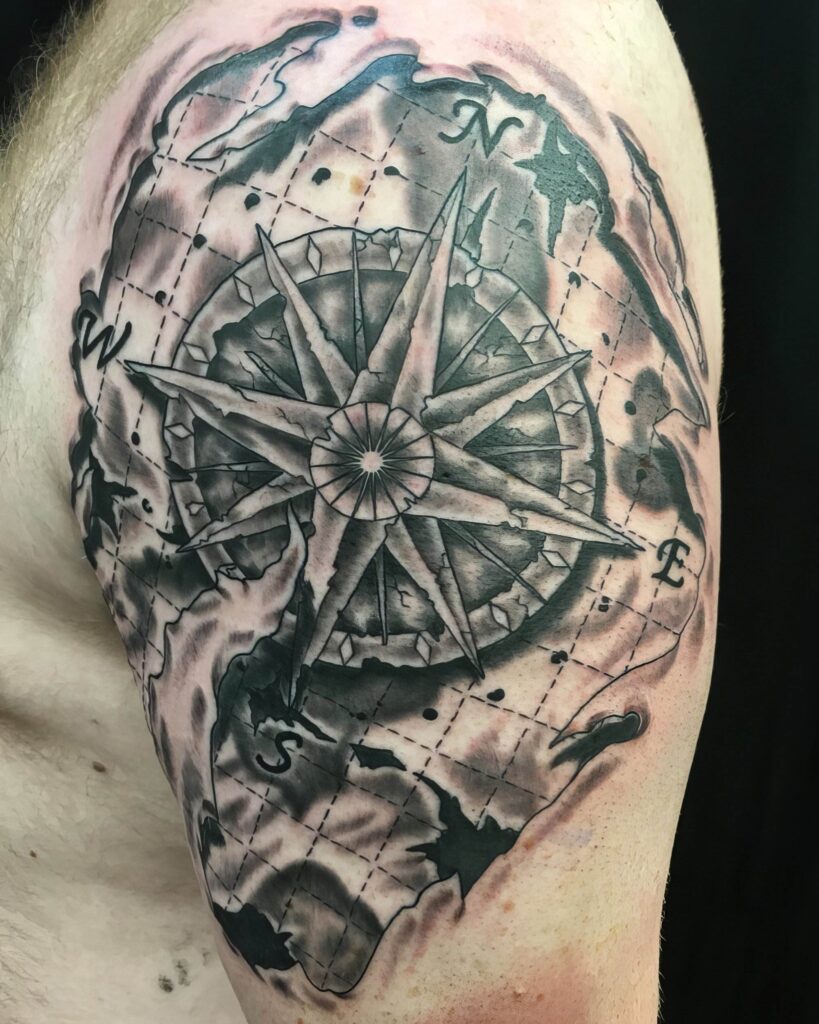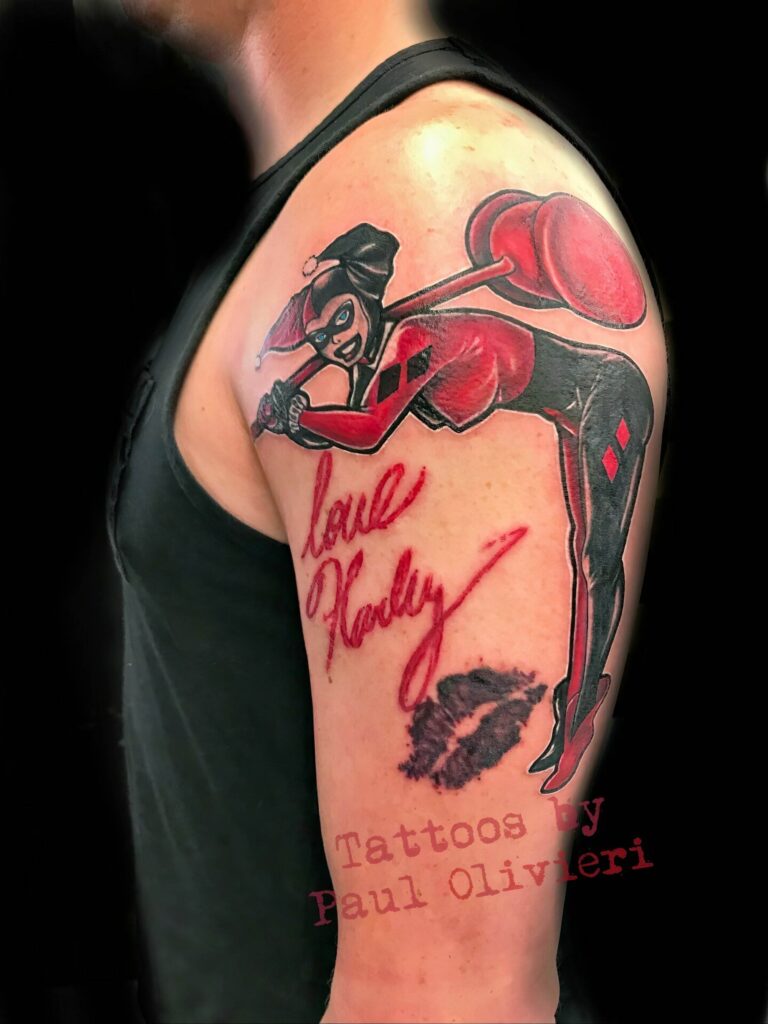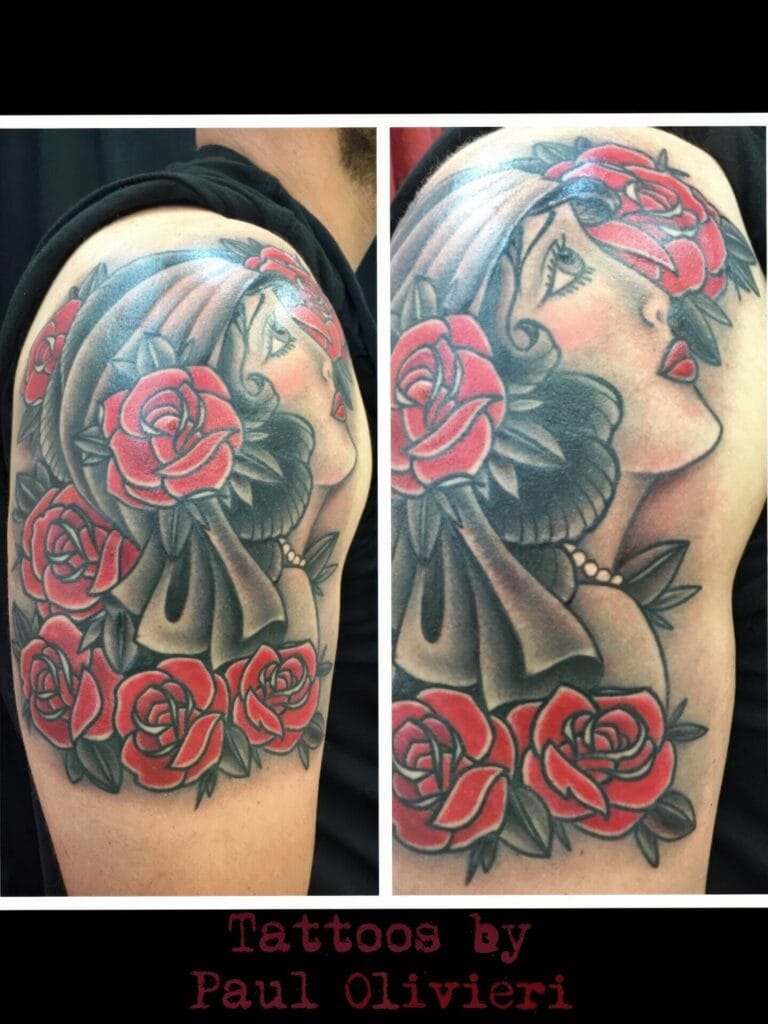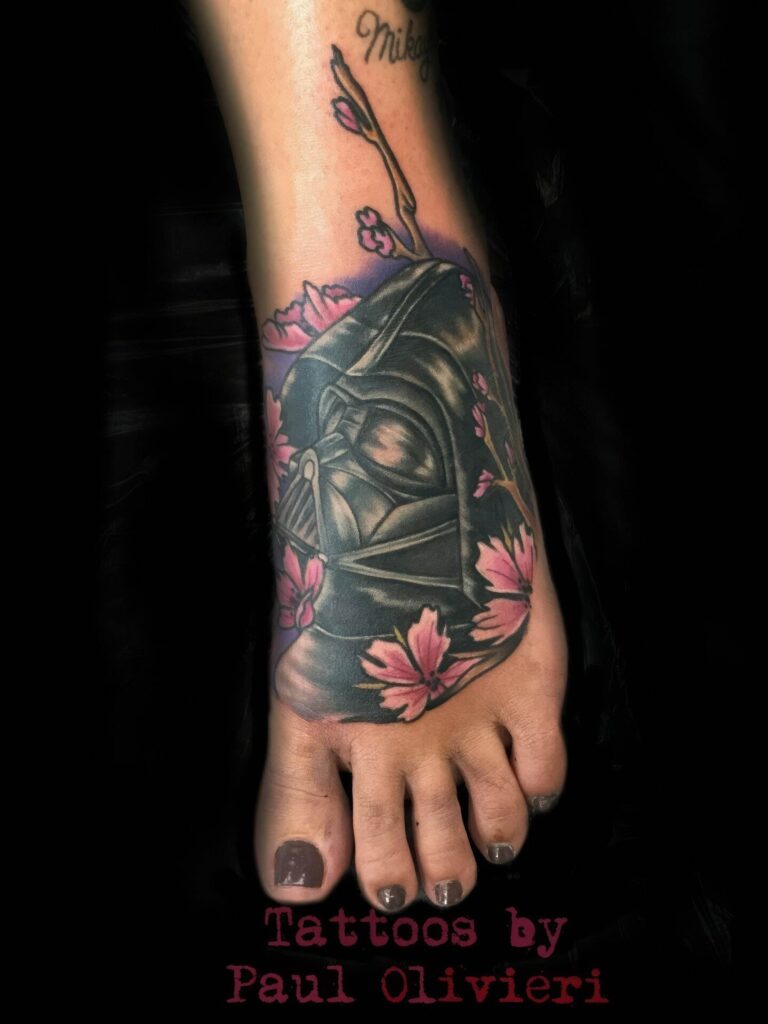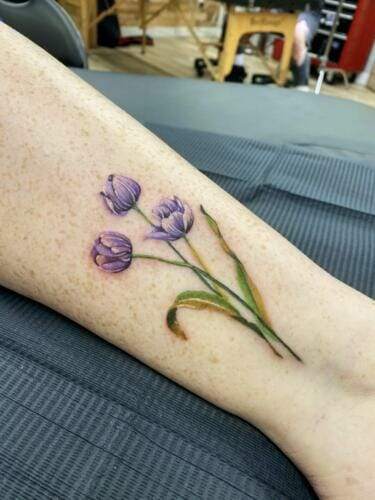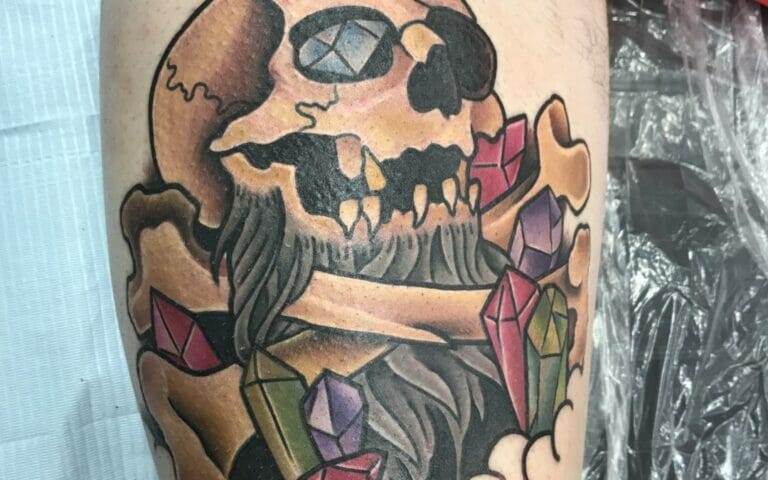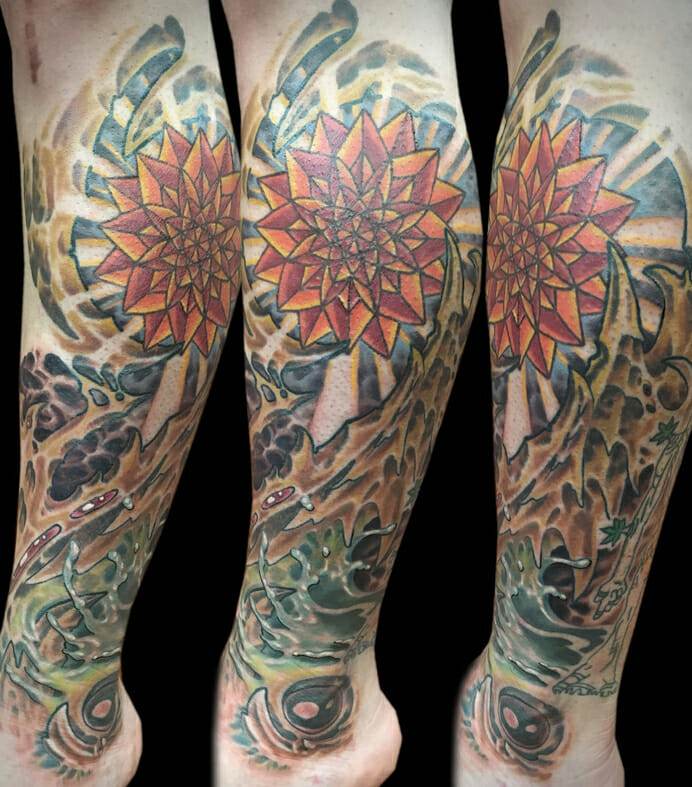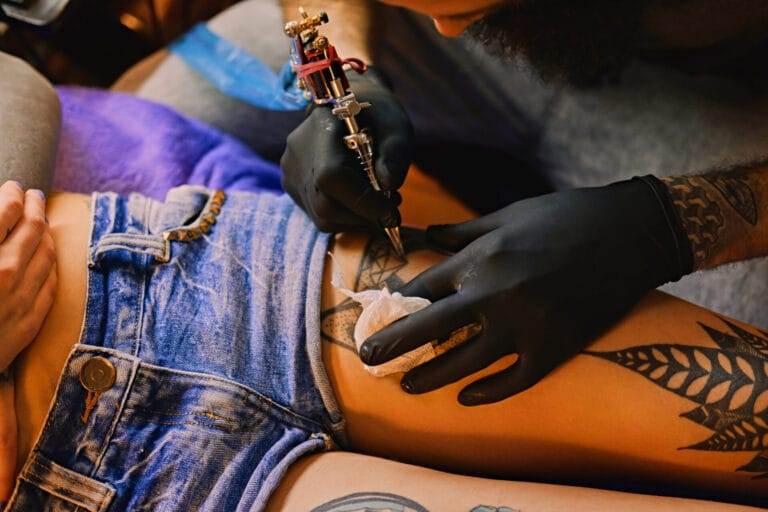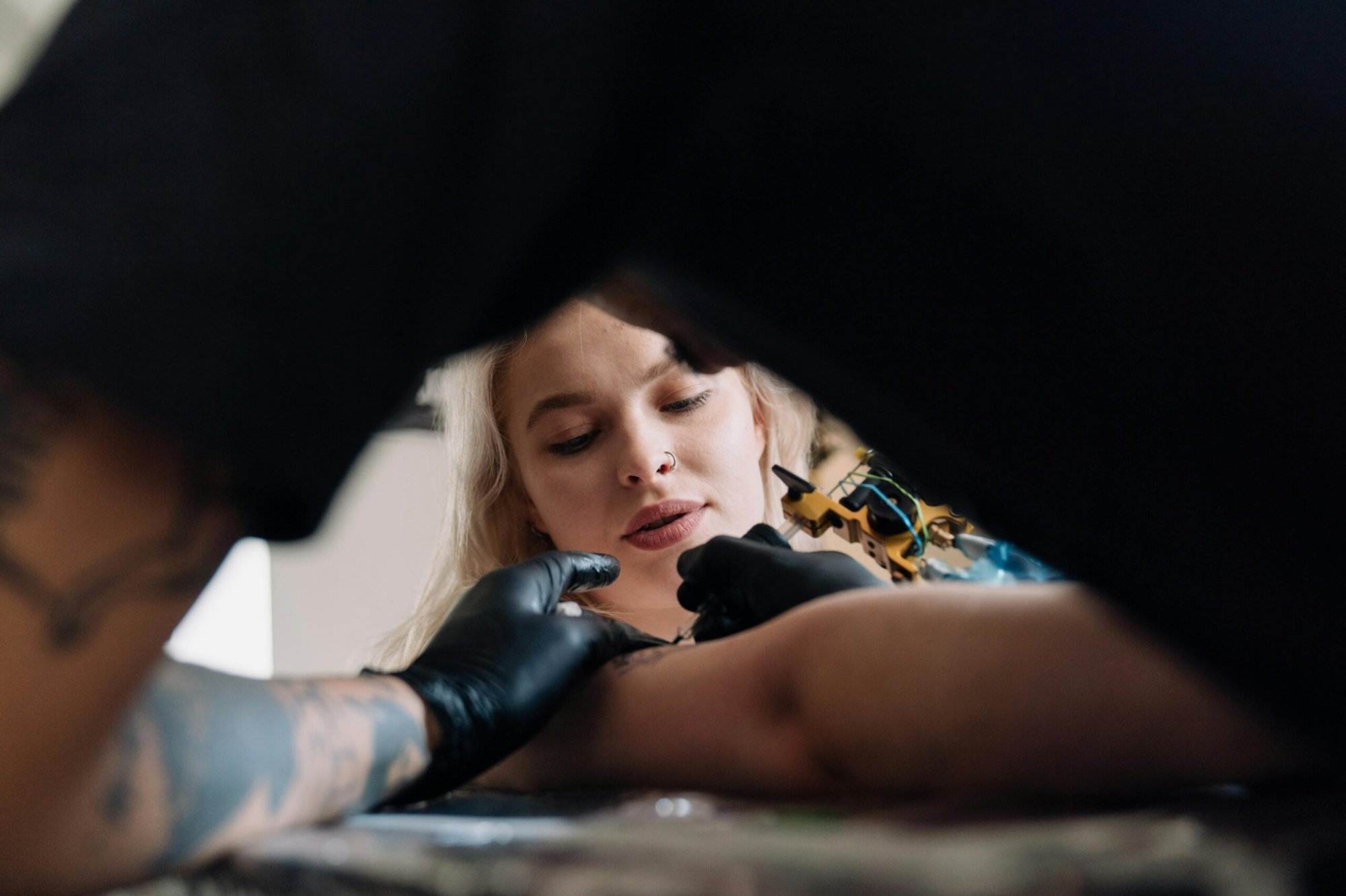
Introduction
Tattoos have evolved from being mere body art to significant expressions of individuality and personal narrative. As more people explore the inked world, understanding the tattoo process and appreciating the importance of proper aftercare becomes essential.
Understanding the Tattoo Process
Before embarking on the tattoo journey, it is crucial to comprehend the various stages involved. Getting a tattoo is not as simple as choosing a design and sitting in a chair; it requires careful consideration. Here’s a brief rundown of the typical tattoo process:
- Choosing a Design: This is the initial and perhaps the most thrilling stage. It involves brainstorming ideas, exploring different styles, and ultimately deciding on a design that resonates personally.
- Consultation: A discussion with the tattoo artist about the design, placement, and size is vital. This step allows for clarifying ideas and setting realistic expectations.
- Preparation: Preparing for the session includes understanding the pain tolerance and specific instructions from the artist regarding what to do before arriving.
- Tattoo Application: The actual tattooing process involves outlining, shading, and coloring, which can range from a few minutes to several hours.
- Post-Care Instructions: After the tattoo, the artist will provide guidelines on how to care for the new artwork, which leads us directly into the next crucial section.
Importance of Proper Aftercare
The key to a beautiful and lasting tattoo extends far beyond the chair. Proper aftercare is critical to ensure optimal healing and color retention. Failing to care for a tattoo can result in fading, infection, or, worse yet, the possibility of needing corrective work. Here are a few essential aftercare tips:
- Keep it Clean: Gently wash the tattooed area with mild soap and water to remove any blood or excess ink.
- Moisturize: Use unscented lotion or a special tattoo balm to keep the skin hydrated.
- Avoid Submerging: Stay away from pools, hot tubs, and excessive soaking for a couple of weeks.
In essence, understanding both the tattoo process and the importance of aftercare lays a strong foundation for achieving a stunning piece of body art that not only looks great but holds its significance over time. Transitioning into selecting the right design and ensuring the tattoo experience meticulously enhances the journey in becoming a tattoo owner.
Choosing the Right Design
Now that the foundation of understanding the tattoo process and the significance of aftercare has been established, it’s time to delve into one of the most intriguing aspects of getting a tattoo: choosing the right design. This choice often carries deep personal meaning and requires thoughtful consideration.
Personal Meaning and Significance
When contemplating a tattoo, it’s essential to select a design that resonates personally. A tattoo is not merely an aesthetic choice; it often embodies significant memories, values, or experiences. Here are some factors to consider when deciding on a design:
- Symbolism: Many people opt for symbols that represent important aspects of their lives. For example, a lotus flower can symbolize rebirth, while a compass may signify guidance.
- Personal Story: Think about events or moments that shaped who you are. A tattoo can serve as a constant reminder of your journey. For instance, a date could commemorate a special event, or lyrics from a favorite song could remind you of cherished memories.
- Cultural Significance: Some designs may be inspired by one’s heritage. Exploring traditional symbols can connect you to your roots and emphasize your identity.
Choosing a design that holds personal significance ensures that your tattoo remains meaningful throughout your life.
Working with Tattoo Artists
Once you’ve narrowed down your ideas, collaborating with a skilled tattoo artist is crucial in transforming your vision into reality. Here’s how to make the most out of this partnership:
- Research: Spend time looking through portfolios to find an artist whose style aligns with your vision. Artists may specialize in various techniques, such as realism, watercolor, or geometric styles, so finding the right match is vital.
- Open Communication: Be prepared to discuss your ideas openly. Use images and references to communicate your vision effectively, ensuring the artist understands your intent.
- Flexibility: Stay open to adaptations. A skilled artist may provide insights on how to enhance your design for better longevity and aesthetics, given their experience.
By choosing a meaningful design and establishing a collaborative relationship with the tattoo artist, individuals can ensure their tattoo reflects their essence. With every stroke, the tattoo becomes not just an artwork but a tangible representation of their journey.
Pain Management Techniques
As the anticipation of getting tattooed builds, it’s natural to have concerns about the pain and discomfort associated with the process. Understanding and implementing effective pain management techniques can significantly enhance your experience, making it more enjoyable and bearable. Building on the journey of choosing a design and working with a tattoo artist, let’s explore how to manage pain effectively.
Pre-Tattoo Preparation
The way you prepare before the tattoo session can have a substantial impact on how you experience pain. Here are some useful strategies to consider:
- Stay Hydrated: Drinking plenty of water in the days leading up to your appointment helps keep your skin plump and resilient, which may reduce discomfort during the procedure.
- Get Enough Rest: Ensure you have a good night’s sleep before your tattoo appointment. Being well-rested can enhance your pain tolerance and overall experience.
- Avoid Alcohol and Caffeine: Steering clear of alcohol and excessive caffeine before your session is essential, as both substances can dehydrate you and potentially heighten sensitivity to pain.
- Eat a Balanced Meal: Having a nutritious meal beforehand can help stabilize your blood sugar levels, keeping you energized and less prone to discomfort.
By focusing on these preparations, you’ll be setting yourself up for a smoother tattoo experience.
During the Tattoo Session
When it comes time for the actual tattooing, employing pain management techniques can be effective:
- Focus on Breathing: Deep, controlled breathing can help calm your nerves and manage pain. Try inhaling slowly through your nose and exhaling gently through your mouth.
- Distraction Techniques: Bring along music, audiobooks, or podcasts to occupy your mind. Distraction can be a powerful tool to navigate discomfort and make the time pass more quickly.
- Talk to Your Artist: Maintaining a dialogue with your artist can help keep your mind engaged. Don’t hesitate to ask for breaks when needed; a good tattoo artist will be understanding of your comfort levels.
- Use Numbing Cream: Some individuals find relief from over-the-counter numbing creams, which can be applied before the session. Check with your artist beforehand to ensure they are okay with this method.
By following these pain management techniques, you can significantly alleviate the discomfort of getting tattooed. Embracing this approach not only enhances your experience but also helps create a more positive association with your tattoo journey. As we move forward, recognizing the importance of tattoo aftercare will be vital for ensuring optimal healing and longevity of your newly inked art.
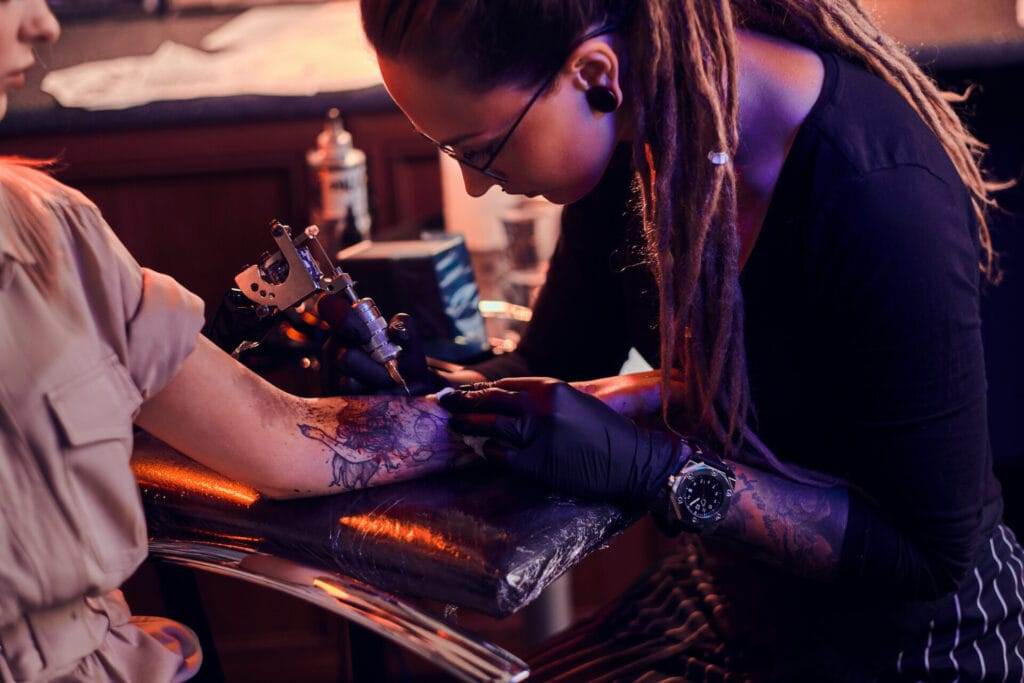
Tattoo Aftercare Tips
After investing time and emotion into choosing the right design and enduring the tattooing process, the importance of proper aftercare cannot be overstated. Effective aftercare is crucial for ensuring that your new tattoo heals well, looks vibrant, and lasts a lifetime. Let’s delve into some essential aftercare tips to keep your tattoo in pristine condition.
Keeping the Tattoo Clean
One of the most critical aspects of tattoo aftercare is cleanliness. Keeping your tattoo clean helps to prevent infection and promotes healthy healing. Here are some straightforward steps to maintain cleanliness:
- Initial Cleaning: Following your tattoo session, keep the bandage on as recommended by your artist. Once you’re ready to remove it, gently wash the tattooed area with warm water and an unscented mild soap. Pat it dry—never rub.
- Daily Washing: For the first few weeks, wash your tattoo twice a day. Use gentle motions and avoid using washcloths or sponges, which can irritate the skin.
- Moisturizing: After washing, apply a thin layer of unscented lotion or a specialized tattoo aftercare product to keep the skin hydrated. This will help reduce itching and flaking.
- Avoid Direct Sunlight: For the first few weeks, keep the tattoo covered and out of direct sunlight to prevent fading and damage.
Maintaining cleanliness is vital to your tattoo’s longevity and appearance.
Avoiding Common Mistakes
As exciting and fulfilling as tattoos can be, certain common mistakes can hinder the healing process or compromise the artwork. Here are some pitfalls to avoid:
- Picking at Scabs: While it might be tempting to scratch or pick at scabs as they form, doing so can lead to scars and may affect the ink’s clarity. Allow scabs to fall off naturally.
- Submerging in Water: Avoid long soaks in baths, pools, or hot tubs for at least two weeks. Excessive exposure to water can disrupt the healing skin and introduce bacteria.
- Ignoring Signs of Infection: Keep an eye on your tattoo during the healing process. If you notice increased redness, swelling, or unusual drainage, it may be signs of infection. Consult a healthcare professional if necessary.
By keeping your tattoo clean and being mindful of these common mistakes, you set the stage for a successful healing journey. Transitioning toward understanding the healing process, you’ll learn how to recognize the normal signs of recovery and stay patient as your beautiful piece of art develops over time.
Dealing with Healing Process
Once the excitement of getting a tattoo has settled, the healing process begins—a crucial phase in ensuring your artwork remains as stunning as the day it was inked. Understanding how to navigate this period effectively is essential, especially in recognizing potential complications like infections and having the patience to allow natural healing.
Recognizing Signs of Infection
Infections can occur when bacteria enter the skin, disrupting the healing process of your new tattoo. Being aware of the signs can make a significant difference in ensuring your tattoo heals properly. Here are some common indicators to watch for:
- Increased Redness: Some redness is normal initially, but if you notice expanding redness around the tattoo, it could signal an infection.
- Persistent Swelling: Similar to redness, mild swelling may be expected. However, if swelling doesn’t subside after a few days or worsens, it’s time to seek medical advice.
- Unusual Discharge: Clear fluid may leak from the tattoo as it heals, but if the discharge becomes green or yellow, or has a foul odor, these are signs of infection.
- Fever or Chills: If you experience systemic symptoms like fever, it’s crucial to consult a healthcare professional, as this could indicate a more severe infection.
Recognizing these signs early can help you address any issues promptly, minimizing complications and ensuring your tattoo’s beauty.
Patience and Consistency
Healing isn’t an overnight process; it requires both patience and consistency in aftercare. Here’s how to maintain a positive mindset during this time:
- Stick to Your Routine: Consistently follow the aftercare instructions shared by your tattoo artist. Clean and moisturize your tattoo daily to promote healthy skin regeneration.
- Avoid Comparison: Everyone’s healing journey is unique. Some tattoos may heal faster than others due to factors like skin type, aftercare, and placement. Rather than comparing your healing to others, focus on your progress.
- Stay Engaged: Use this healing time to learn more about tattoo care and artwork. Engaging with art communities can provide support, inspiration, and enhance your appreciation for tattoos as a whole.
In summary, dealing with the healing process can present its challenges, but remaining vigilant about signs of infection and practicing patience and consistency will ultimately lead to a gorgeous, healed tattoo. Moving forward, you’ll find ways to enhance your tattoo’s longevity, ensuring it maintains its vibrancy for years to come.
Enhancing Tattoo Longevity
Having a beautiful and well-healed tattoo is just the beginning of a lifelong appreciation for your inked artwork. To ensure that your tattoo continues to look vibrant and fresh over the years, it’s essential to prioritize tattoo longevity. Two key areas that play a significant role in preserving your tattoo’s appearance are sun protection and touch-up maintenance.
Sun Protection
One of the most significant threats to tattoo longevity is sun exposure. Ultraviolet (UV) rays can cause fading, blurriness, and skin damage, which can drastically affect the quality of your tattoo. Here are some effective sun protection strategies:
- Use Sunscreen: Always apply a high-quality, broad-spectrum sunscreen with an SPF of at least 30 on your tattooed skin before heading outdoors. Look for sunscreen that specifically states it protects against both UVA and UVB rays.
- Reapply Frequently: If you’re spending extended time in the sun—especially during swimming or sweating—reapply sunscreen every two hours to maintain protection.
- Cover Up: Whenever possible, wear clothing that covers your tattoo. Lightweight, breathable fabrics can shield your skin from harmful UV rays while keeping you comfortable.
- Avoid Direct Sunlight: Try to minimize direct sun exposure during peak hours (generally between 10 AM and 4 PM). Enjoying shaded areas can also give added protection to your skin.
These practices not only help preserve your tattoo’s vibrancy but also promote overall skin health.

Touch-Up Maintenance
Even with the best aftercare and sun protection, some tattoos may require touch-ups over time. Factors like skin type, aging, and ink quality can all influence the need for maintenance. Here are tips to ensure your tattoo remains in top condition:
- Listen to Your Skin: Pay attention to how your tattoo evolves over time. If colors fade or lines become blurry, consider scheduling a touch-up with your tattoo artist.
- Consult Your Artist: If you’re unsure whether your tattoo needs a touch-up, consult your artist for their professional opinion. Many artists offer discounted rates for touch-ups and will provide guidance on the best timing.
- Develop a Relationship with Your Artist: Maintaining an open line of communication with your tattoo artist can facilitate ongoing support for your tattoo’s care and longevity. Your artist’s expertise can help you make the best decisions for preserving your artwork.
By focusing on sun protection and establishing a touch-up routine, you can significantly enhance the longevity of your tattoo, ensuring it continues to represent your unique journey beautifully. Transitioning from this proactive approach will lead into finding ways to appreciate your tattoo as a meaningful expression of your identity for years to come.

